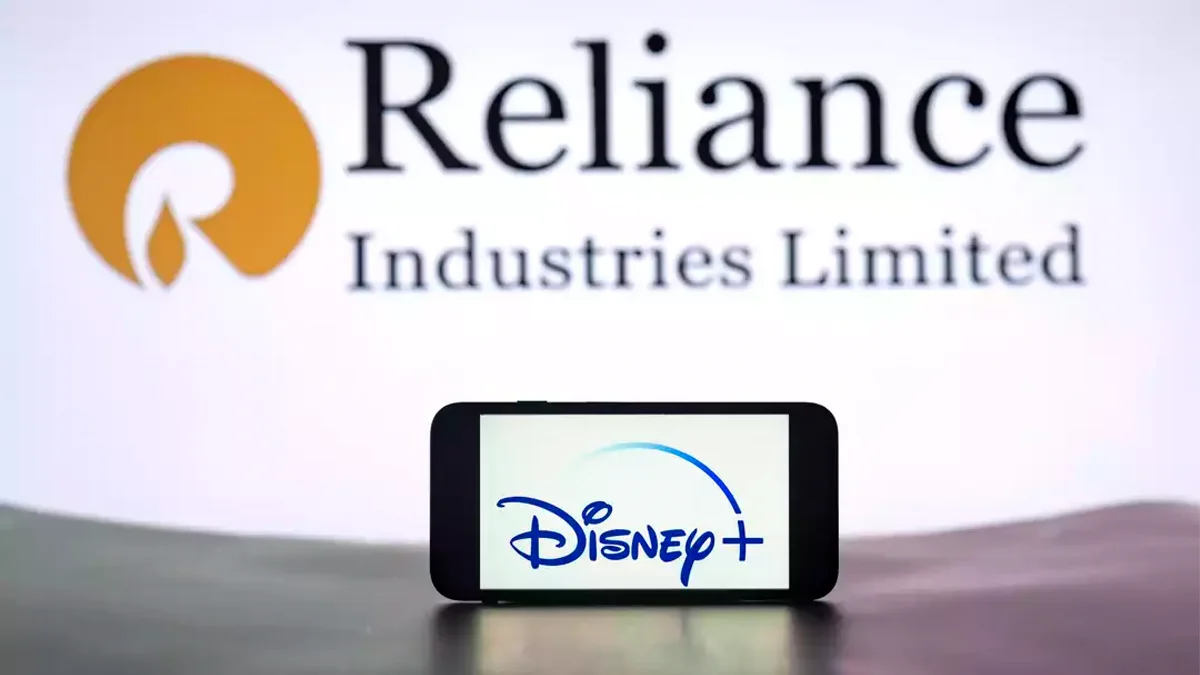Necessary Always Active
Necessary cookies are required to enable the basic features of this site, such as providing secure log-in or adjusting your consent preferences. These cookies do not store any personally identifiable data.
|
||||||
|
||||||
|
||||||
|

Walt Disney Company has projected an equity loss of $300 million in the Indian arm of Disney Star for 2025, as reported by Mint. This occurred after the entertainment giant formalized its joint venture in India with Reliance Industries on 14 November 2024. This financial projection was made during Disney’s latest earnings call, in which company leaders presented the potential effects of their operations in India.
The Disney Reliance Joint Venture will involve Disney merging its business in India with Viacom18, a media unit that is backed by Reliance. This new entity is anticipated to be one of the biggest broadcasting giants in India because of Star India’s huge television network along with Viacom 18’s strong digital and sports presence.
This is a joint venture combines Disney’s Star TV channels and Disney+ Hotstar’s streaming service with Reliance’s media assets. Reliance controls 56% of the stake, while Disney has 37%, and the remaining 7% is controlled by an investment company.
Although the Disney Reliance partnership was driven by an optimistic strategic goal, the finances in the short-term do nit look promising. With the new restructuring, Disney cannot include Star India’s performance in its own financial statements. Instead, the company reports its 37% portion of the joint venture in a new category labeled “Equity in the income of investees.” This resulted in Disney’s international operating income reducing by 84% in theQ2 of FY25, from $92 million to $15 million as the earnings of Star India are not included.
The estimated drop comes from Star India’s FY25 loss, which points at the current restructuring expenditure related to the joint venture. Star India used to be one of Disney’s most profitable operations. It is now facing challenges due to competition from local OTT players and the shift in viewers’ behavior.
Although the long term aim is to establish a lucrative and digitally inclined media business within India, initial financial implications will be high. This estimate includes Star India’s equity loss which Disney is accounting for in advance due to changes in the valuation of its assets.
The company stated that its streaming services, such as Disney+ and Hulu, made more money through subscriptions due to price increases and the number of subscribers. But, this was negated by currency exchange issues and not including Star India’s streaming revenue this quarter.
While Disney facing $103M Loss has been reported earlier as well, this due equity loss highlights Disney’s transition strategy. The company is targeting India’s high-growth digital and mobile-first consumer. Executives have highlighted that merging assets with Reliance brings a stronger position in the competitive market.
Disney CEO Bob Iger noted that while near-term losses are inevitable, the partnership with Reliance creates a stronger long-term position in India’s booming media space. The integration of streaming rights, live sports, and content libraries is expected to drive better revenue growth over time.
Despite Disney Star’s Equity Loss, the analysts believe that the move is a long-term strategy. India is still a growing market for international media giants. With the Disney-Reliance Joint Venture, both the companies are trying to lay the groundwork for future profitability by combining their strengths.
Disney’s projected short-term loss of $300 million in FY25 from its India division is a bold strategic move. Though red numbers flash for the short-term figures, there seems to be a bigger plan for long-term returns in one of the fastest-growing media economies in the world.